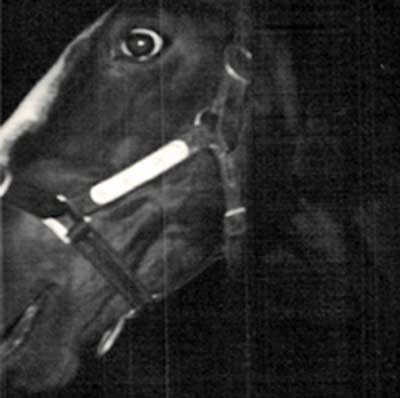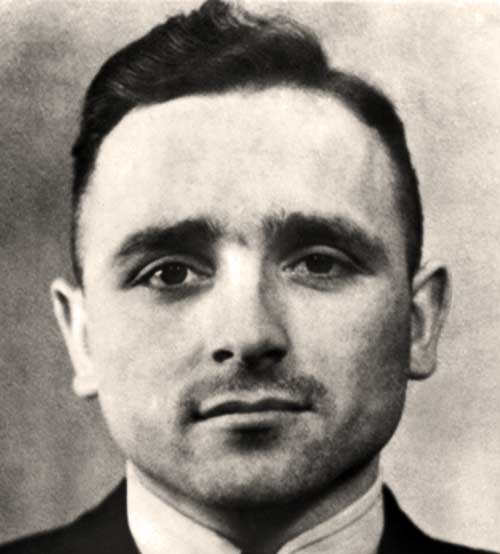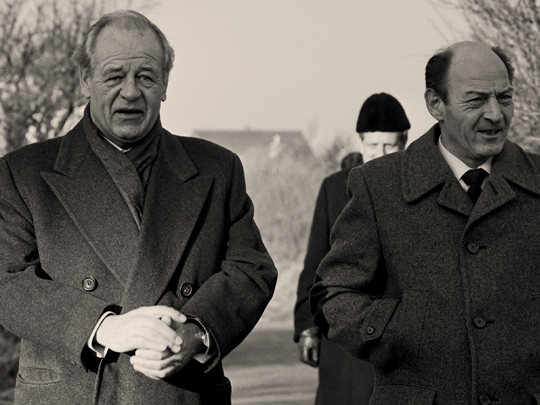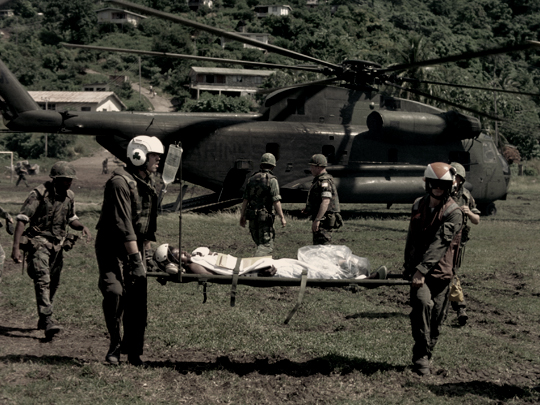By Sgt. M. J. Creen / Wikimedia Commons / CC-BY-SA-3.0 / GFDL
1 – The United States invades Grenada
The United States invasion of Grenada began on 25 October 1983.
The invasion of the Caribbean island nation of Grenada, which has a population of about 91,000 (1/2000 of its size), resulted in a U.S. victory within a matter of days.
President Ronald Reagan, citing the threat posed to American nationals by Grenada’s pro-Marxist regime, ordered U.S. forces to invade the island and secure their safety.
In just over a week, Grenada’s government was overthrown.
By the end of the fighting, nearly 6,000 U.S. troops were in Grenada, with 19 troops killed and over a hundred wounded. Approx. 70 Grenadan and Cuban troops were killed.
The Reagan administration claimed it was the first rollback of communist influence since the beginning of the Cold War.
Grenada now marks October 25 as a national holiday known as Thanksgiving Day. As a result of the invasion, several political prisoners subsequently went on to be elected into office.
2 – Champion thoroughbred Shergar kidnapped in Ireland

Wikimedia Commons / CC-BY-SA-3.0 / GFDL
Shergar was one of the most famous and valuable racehorses in the world.
He had won the 1981 Derby by a record 10 lengths and followed it up with successes in the Irish Derby and King George to confirm his place as one of the all-time great racehorses.
His owner, the Aga Khan, retired Shergar to stud at the end of the 1081 season, to his Ballymany Stud in County Kildare, Ireland. In 1982, Shergar covered 44 mares, from which 35 foals were produced.
On 8 February 1983, kidnappers armed with handguns broke into the Stud and forced the head groom, James FitzGerald, to load Shergar into a trailer.
They were then driven off in separate vehicles while FitzGerald’s family was held at gunpoint to ensure silence.
Three hours later, FitzGerald was dropped off at the side of a road. However, by the time the authorities were alerted, 8 hours had passed since the kidnapping, with two Irish ministers even being informed before the authorities were.
Negotiations were conducted with the thieves, but the gang broke off all communication after four days when the syndicate of owners did not accept the proof provided that the horse was still alive.
In 1999, a former member of the IRA published details of the event, stating that it was an IRA operation to raise money for arms.
He said that shortly after the kidnapping, Shergar had panicked and damaged his leg, which led to him being killed by the gang.
No trace of Shergar has ever been recovered, despite numerous attempts and leads in the years since his kidnapping.
3 – Klaus Barbie, SS chief of Lyon in Nazi-France, arrested in Bolivia

Barbie was known as the “Butcher of Lyon”, for having personally tortured French prisoners of the Gestapo while stationed in Lyon, France. He was sentenced to death in absentia for war crimes after the war.
Following the war, United States intelligence services employed him for his anti-communist efforts and aided him in his escape to Bolivia.
In 1971, Barbie was identified as being in Peru by French Nazi hunters who came across a secret document that revealed his alias, Klaus Altmann.
In January 1972, the information was published in a French newspaper, along with his photograph.
Despite a global outcry, Barbie was able to return to Bolivia where the government refused to extradite him to France.
In February 1983, the newly elected government of Bolivia arrested Barbie in La Paz, on the grounds of owing the government $10,000 for goods he was supposed to have shipped but did not.
Shortly after, he was extradited to France to stand trial. Barbie was indicted for crimes committed as Gestapo chief in Lyon between 1942 and 1944, with his jury trial beginning on 11 May 1987. The court allowed the trial to be filmed for its historical value.
On 4 July 1987, Barbie was convicted and sentenced to life imprisonment. He died in prison four years later of leukemia, and cancer of the spine and prostate at the age of 77.
4 – The Original FIFA World Cup Trophy is Stolen from Brazilian Football HQ

The original Jules Rimet trophy was permanently awarded to Brazil after the national team won their third football World Cup in 1970.
The trophy was stolen from the Brazilian Football Confederation headquarters in Rio de Janeiro on 19 December 1983.
The building’s nightwatchman was overpowered by a group of thieves and the wooden back of a bullet-proof cabinet was pried open.
Brazilian police embarked on an intense investigation, with two men who had previously worked in the building as janitors arrested the day after the theft.
However, no charges were ever made against them.
The trophy has never found and is widely believed to have been melted down and sold.
5 – The Kidnapping of Freddy Heineken

Freddy Heineken was the chairman of the board of directors and CEO of the Heineken brewing company, making him one of the richest people in the Netherlands.
On 9 November 1983, Heineken and his driver, Ab Doderer, were kidnapped in Amsterdam. They were imprisoned for three weeks in a hut in the Amsterdam harbour area. The hut had a double wall on one end, with two soundproof cells and a hidden door.
The payment of the ransom of 35 million Dutch guilders was the highest ever paid at the time.
The kidnappers fled before releasing the hostages, but, due to a lucky lead, the police discovered the hostages alive on 30 November.
The kidnappers Cor van Hout, Willem Holleeder, Jan Boellaard, Frans Meijer, and Martin Erkamps, were eventually caught and served prison terms.
Meijer escaped to Paraguay undetected, before his eventual discovery and imprisonment there. He was extradited in 2003 to serve the last part of his term.
Van Hout was killed in an organized crime shooting in Amsterdam shortly after his release from a second term in 2013.
